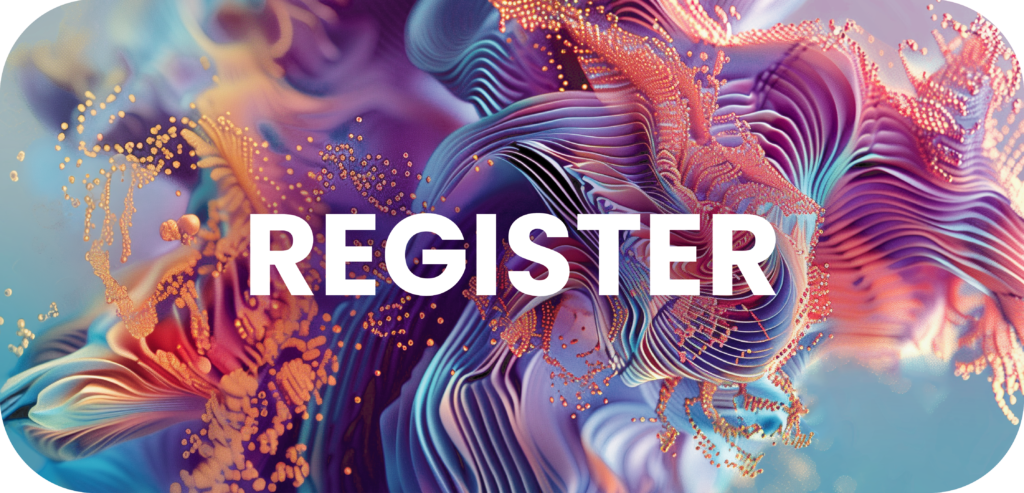Biodesign and Fabrication: Computational design for biologically inspired structures and parametric modeling for digital fabrication
Instructors: Kenneth Wilson / Dana Molzhigit
Dates: 24 July – 26 July / 10:00 – 14:30 EST
Themes: Biodesign / Computational Design / Fabrication
Software: Rhino / Grasshopper / Houdini
Number of Students: 50
Workshop registration open until filled
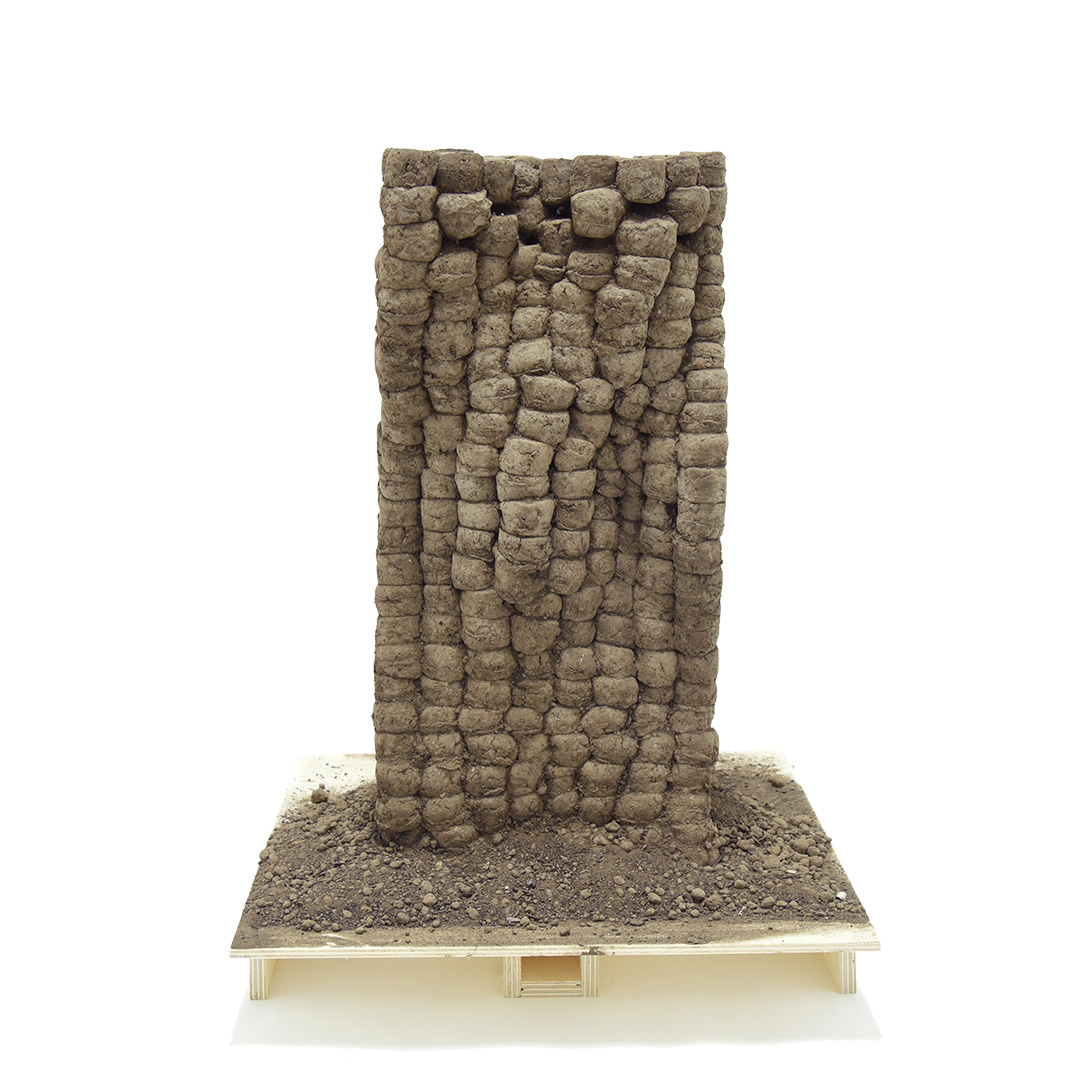
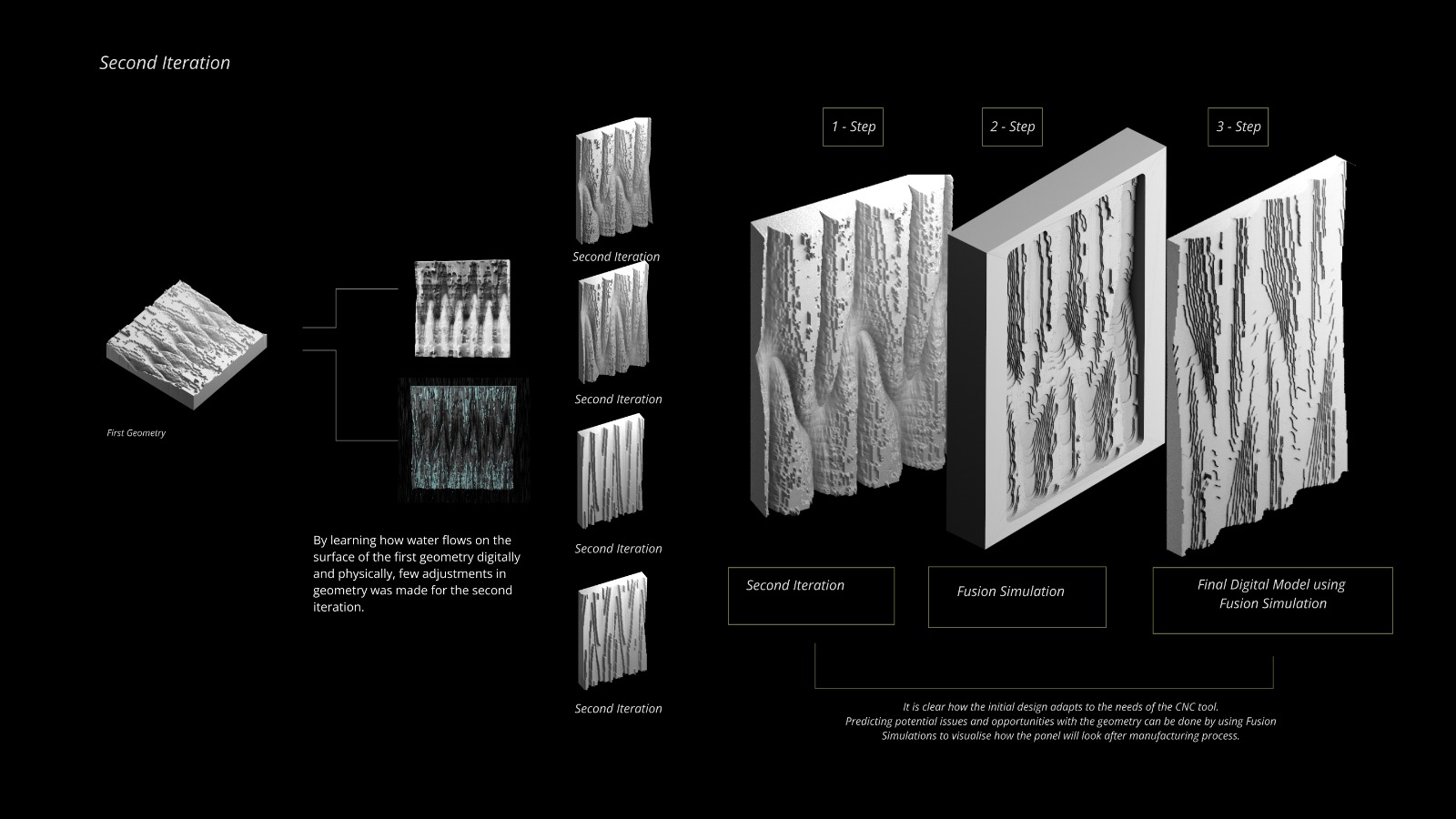
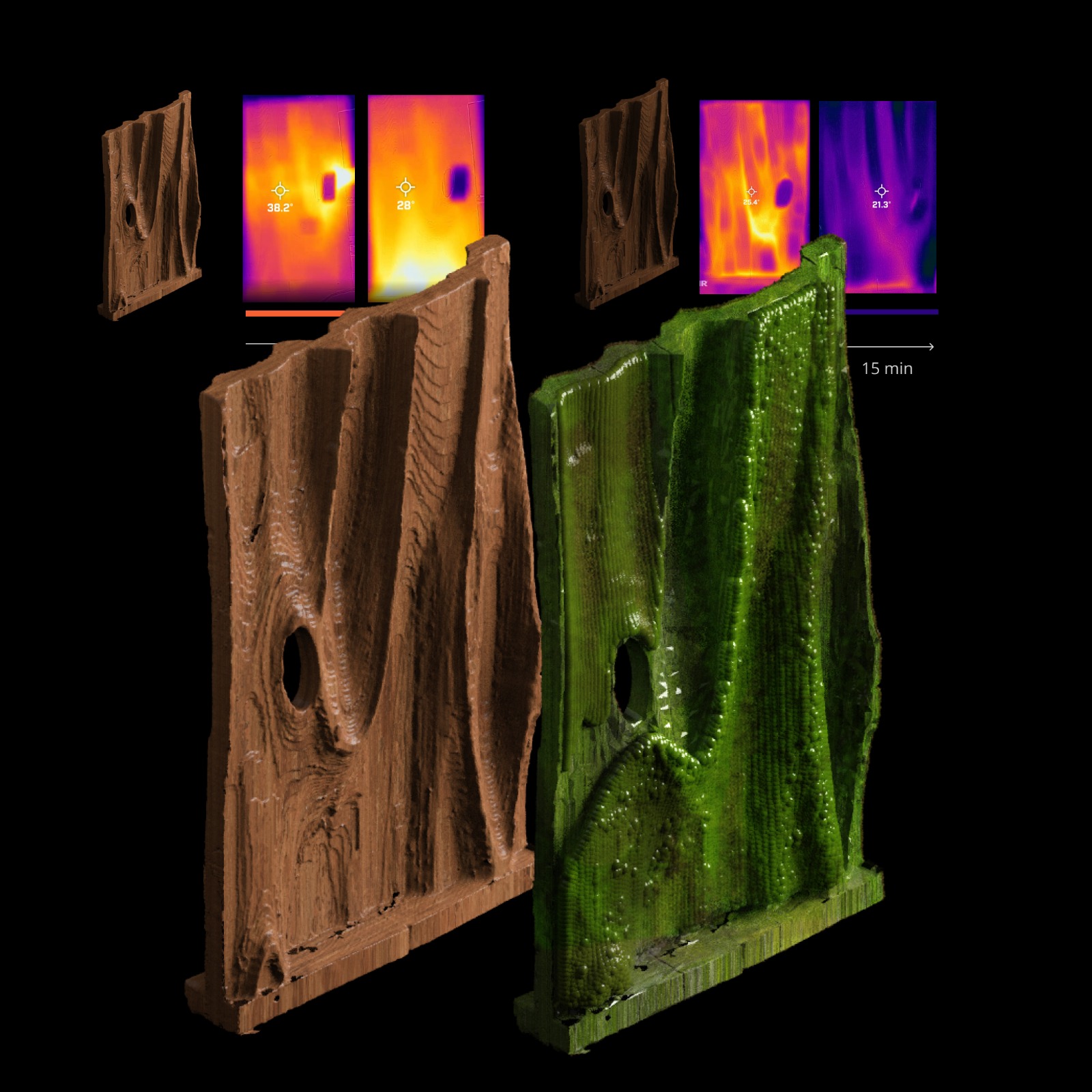
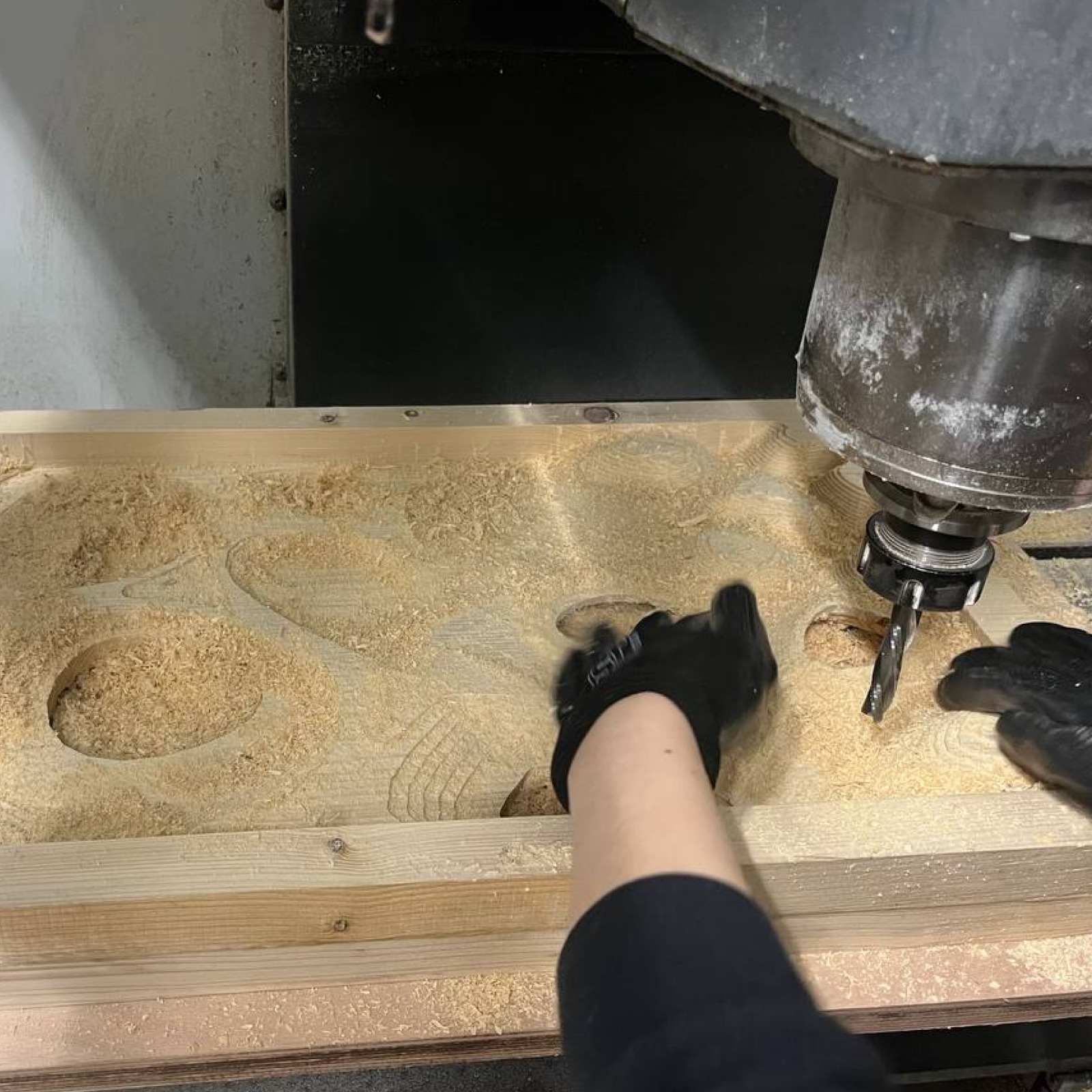
Description:
The construction industry significantly contributes to global greenhouse gas emissions and resource depletion, exacerbating the need for innovative solutions. Biodesign offers potential solutions by harnessing living systems and materials to create more sustainable and resilient buildings.
The goal of the workshop is to introduce complex parametric modeling tools to design and fabricate structures inspired and informed by biological systems. It is structured in three sessions:
● Session 1: Introduction of biodesign concepts. Students choose biological organisms to base the design and list the environmental conditions. Introduction to the production of the modeling algorithms.
● Session 2: Introduction of simple solar radiation and water precipitation simulations to inform the design being worked on.
● Session 3: Adaptation of the produced geometries for a particular fabrication method using parametric modeling, simulations of the fabrication method are run to visualize fabrication process. Discussion on the results achieved by the students.
Detailed Schedule :
Day 1: 07/24 | 10:00 – 14:30 EST | Introduction to Biomimicry and Modeling Algorithms
Activity: Participants will choose an organism among a presented selection and define its environmental conditions. They will also identify a particular situation or problem they aim to tackle using this biological agent.
● Concept Introduction: Overview of biomimicry and its importance in design and environmental problem-solving.
● Algorithm Production: Introduction to the concept and production of modeling algorithms. Participants will learn about different types of modeling algorithms and how they can be applied in design.
● Hands-on Activity: Guided exercise on creating simple modeling algorithms based on the chosen organism and its environmental conditions.
Day 2: 07/25 | 10:00 – 14:30 EST | Solar Radiation and Water Precipitation Simulations
● Simulation Introduction: Introduction to simple solar radiation and water precipitation simulations.
● Application in Design: Discussion on how these simulations can inform the design process.
● Hands-on Activity: Participants will run simulations based on their chosen organisms and environmental conditions. They will analyze the results and consider how these factors influence their design.
Day 3: 07/26 | 10:00 – 14:30 EST | Adaptation for Fabrication and Results Discussion
● Parametric Modelling: Introduction to parametric modeling and its application in adapting geometries for specific fabrication methods.
● Hands-on Activity: Participants will adapt the geometries produced in previous sessions for a particular fabrication method using parametric modeling techniques. They will run simulations on the fabrication method chosen, to visualize the assembly process.
● Results & Discussion: Group discussion on the results achieved by the students. Participants will present their designs, the environmental problems addressed, and the biological inspirations used. They will also discuss the outcomes of their simulations and the adaptations made for fabrication.
Participants will be split in groups of 3 or 4 students and will be tasked with producing a structure or object of human scale, inspired by a particular natural system. They will be trained not only in modeling complex nature inspired geometries, but also in using basic simulation tools to evaluate their performance. After the production of the geometrical model, they will learn to produce parametric modeling scripts to adapt such models for a particular fabrication method of their choice, and to run simulations to visualize such fabrication processes. Finally, we’ll have a round table to discuss the results between all groups. Most of the work will be done within workshop hours, but students will be encouraged to work on their designs outside of class.

Kenneth Wilson:
Interdisciplinary designer, Master in Bio-Integrated Design by The Bartlett School of Architecture – UCL and architect by the Pontificia Universidad Católica del Perú. Six years of experience in architectural design studies in Peru and Mexico, as well as in public administration as an Architectural Consultant for the Peruvian Ministry of Education. Has recently participated in research on robotic fabrication, bioremediation and soil construction with the Biochemical Engineering department at the Bartlett School of Architecture.
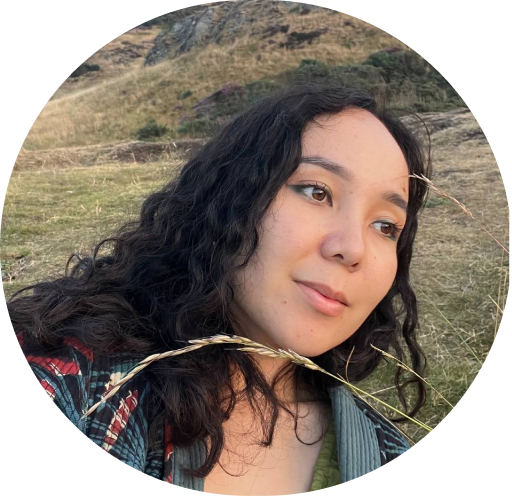
Dana Molzhigit:
Dana Molzhigit is a biodesigner, researcher, and innovator. She works as a senior lecturer and researcher at SDU University. In 2023 she received her MSc Diploma in Bio-Integrated Design at UCL, focusing on biomaterials, computational design, and 3D printing. In 2022, she was selected as one of the Sustainability Scholars by the Norman Foster Foundation. In 2023, she was chosen as a finalist in the London Mayor Entrepreneur Competition for innovation in environmental design and won the Green Living Exhibition, funded by the EU, among many other achievements. Prior to that, she participated in various exhibitions in Kazakhstan as a contemporary artist focusing on environmental issues. After graduating, she shifted her focus to the Kazakhstani context, delving deeper into her practice of nomadic eco-thinking, while also continuing her scientific research using cutting-edge technologies.

